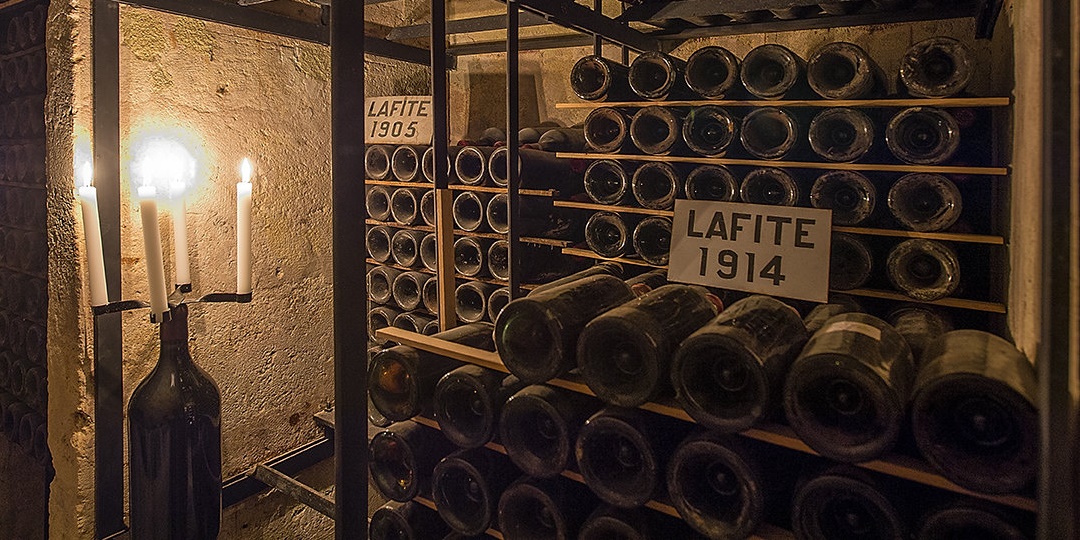There are few things worse in the world, to a wine nerd, than seeing a potentially once great bottle of wine ruined because of improper storage. No matter how good a wine is when you buy it if it is not kept in proper cellar conditions then, after some time, it will inevitably begin to deteriorate in several ways.
What are the perfect cellar conditions? Well, they include temperature, humidity, lighting (or lack thereof) and stability. A cool, dark, humid place where things don’t get moved around. Somewhere for the wines to rest and grow in the bottle.
In terms of temperature, the general rule (it is a general rule too) is that something around or below 14 degrees Celsius is best. It is worth noting that the cooler a cellar is the more effect it will have on the wines and their development. For instance, wines in a cellar at a constant 10 degrees will develop more slowly than those in a cellar running at 14 degrees. There is plenty of discussion around if they develop in to better wines if given longer and cooler aging periods. For the purpose of most cellars though, something at or around 14 degrees is considered optimal.
What is also important with temperature is the stability, or fluctuation in temps. It is better to have a cellar that is constantly at, say, 18 degrees than one that moves between say 10 and 25 degrees. This is especially relevant with wines sealed under cork where the subtle expansion and contraction of the liquid associated with the changes in temperature will draw in more, small amounts, of oxygen through the cork and accelerating the development/decline of the wine in the bottle.
Humidity, this really is only important for wines sealed under cork. A dry environment, for example one caused by the use of a normal air conditioning system, will lead to the outside of the cork drying. This will cause a slight shrink in the cork allowing more oxygen, potentially, in to the wine. Again this would lead to a faster decline in the wines quality. Oxygen is important in wine aging but only in the tiniest amounts.
No light! One that often gets overlooked, particularly with people who have wine fridges at home and want people to be able to see their wines. Do you like the light on when you sleep? No! Neither does your wine. Now, there are so many factors involved here, they include the type of glass, the tint of the glass, the type of light, and the type of wines being stored.
There is phenomenon we refer to as “light struck” in wines. This occurs where wines have been exposed to light and this has led to the reaction of certain compounds which release some unsavoury characters, hydrogen sulphide in particular, but others as well. This can result in off aromas, things like cooked cabbage, wet dog or cooking cauliflower (I am scrunching up my face writing this part).
White wines, Rose and Champagne are particularly sensitive, the presence of tannins in reds offer a greater degree of protection. No light, it’s a big one.
Stability. Don’t move your wines. Once they are in the cellar try to only move them when you intend to drink them or have to move them to get to another wine you want to drink. Not as big a deal as the rest but it does play a part.
Cool, dark, humid, steady. These are what make for a great wine cellar… and the wine of course. No point having a great, empty cellar.


Nice little article Roscoe. We have been lucky to see some great bottles out of the Liquid Assets cellar recently and it is amazing just how well they had aged.
Alex